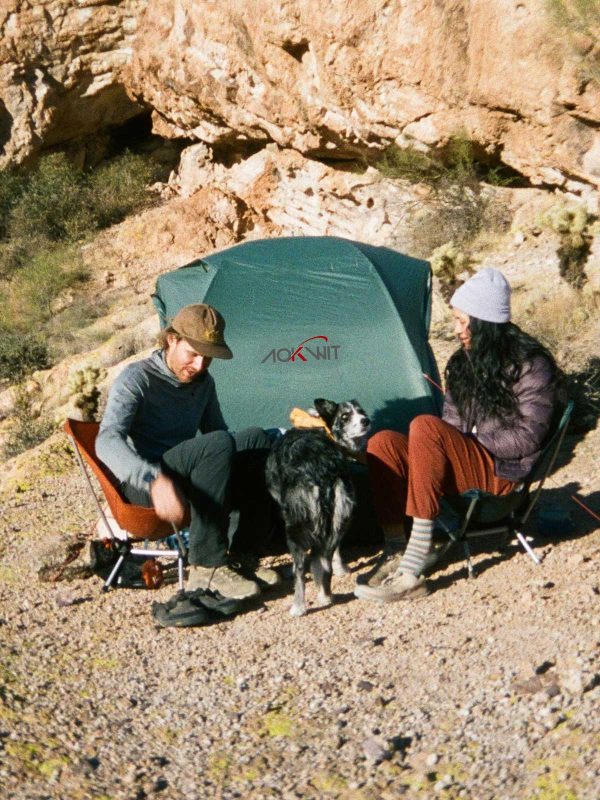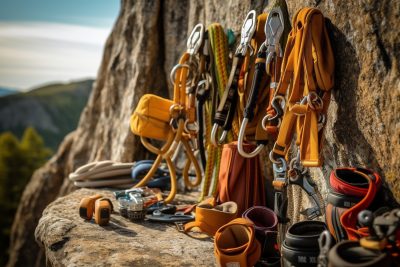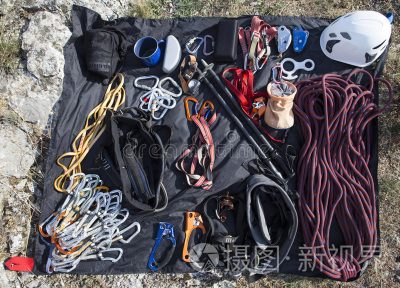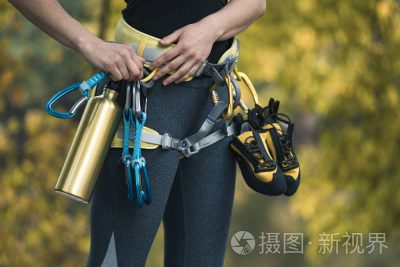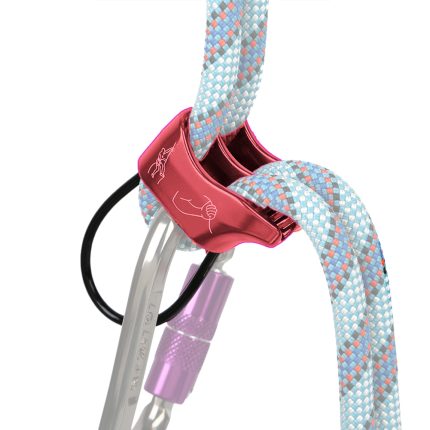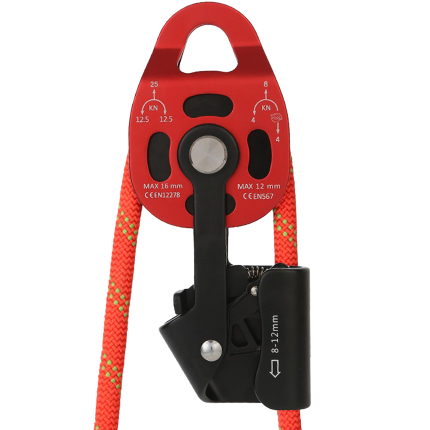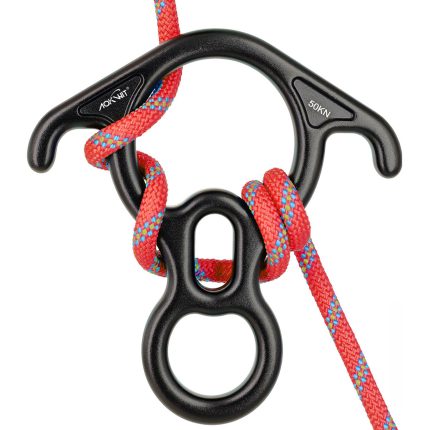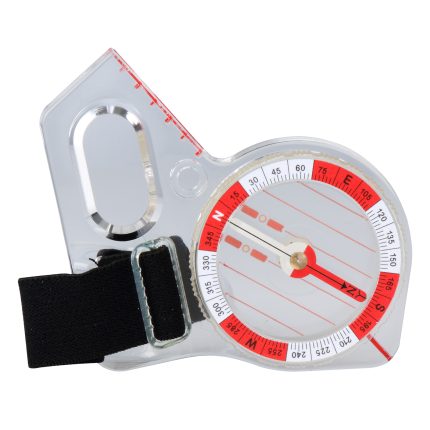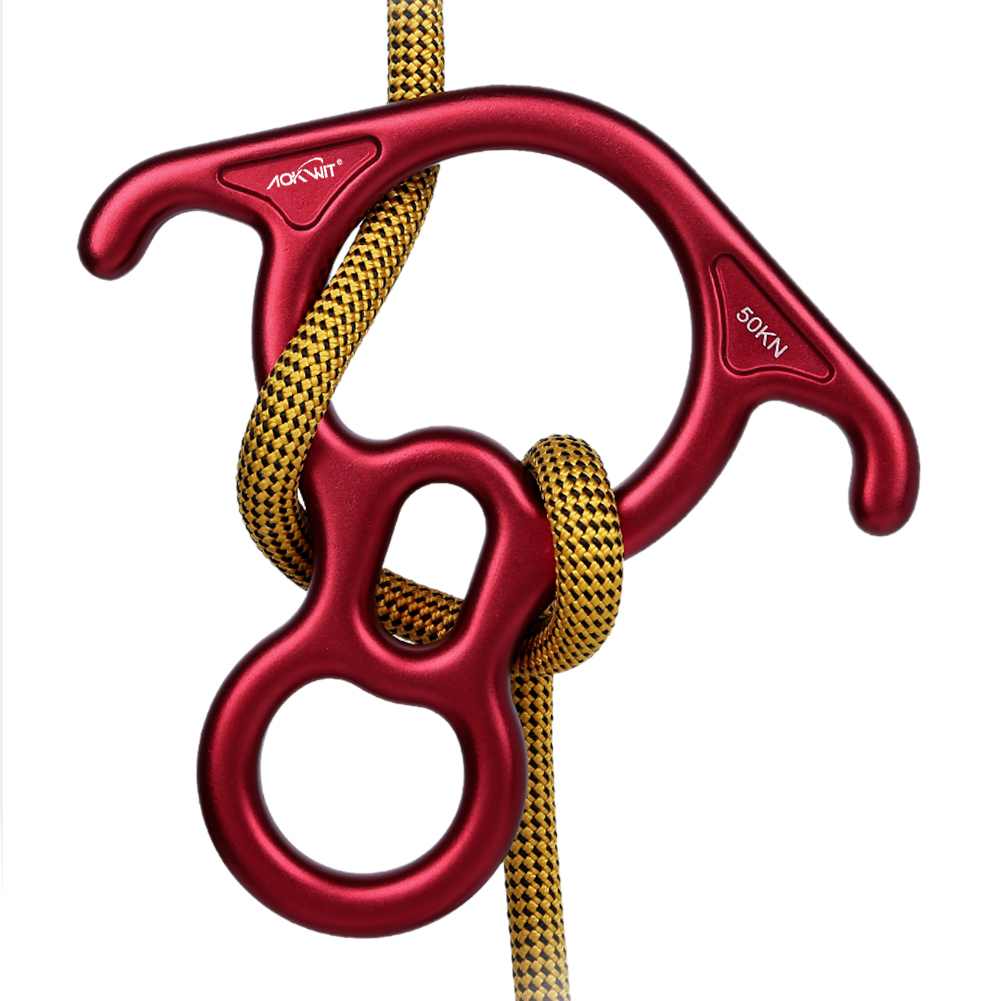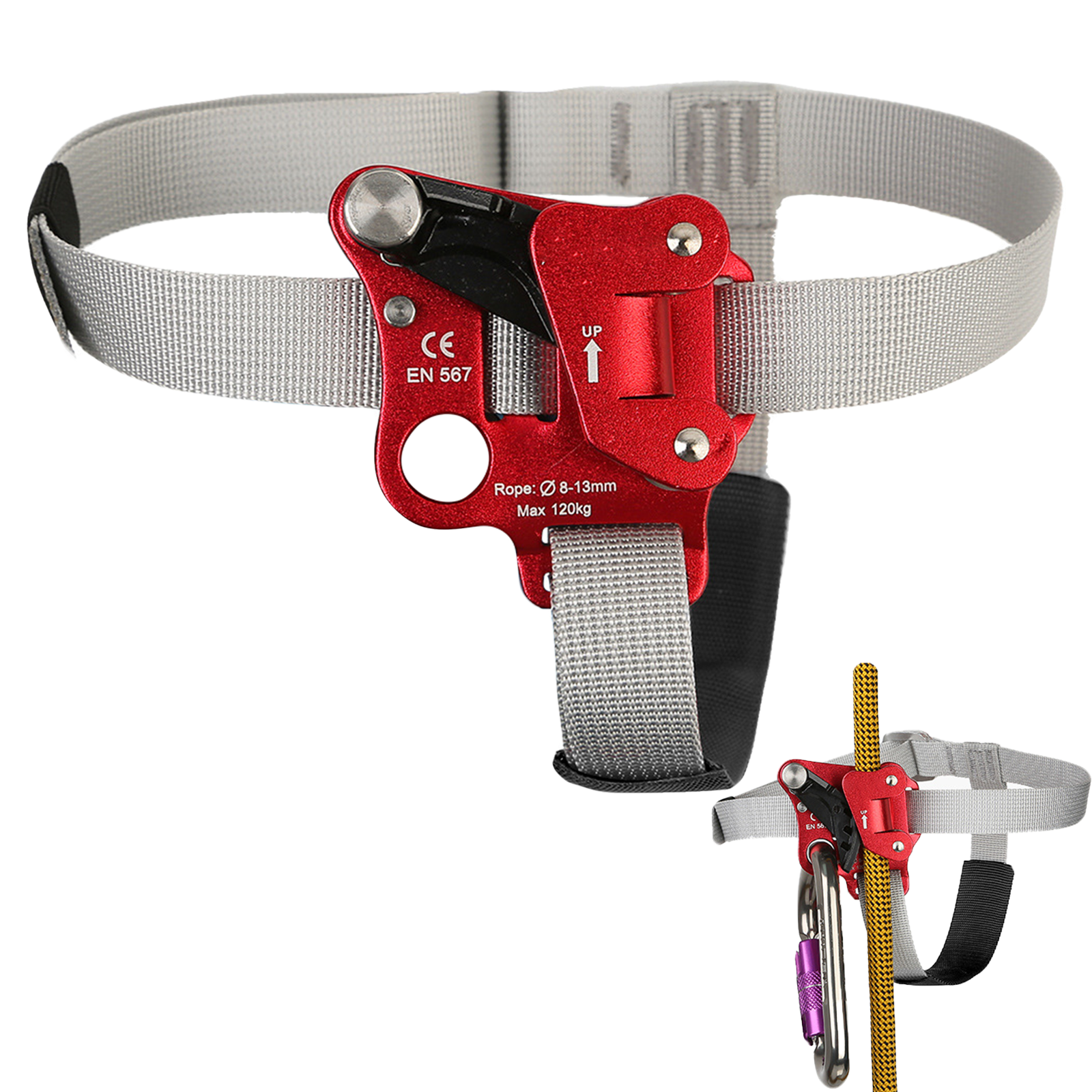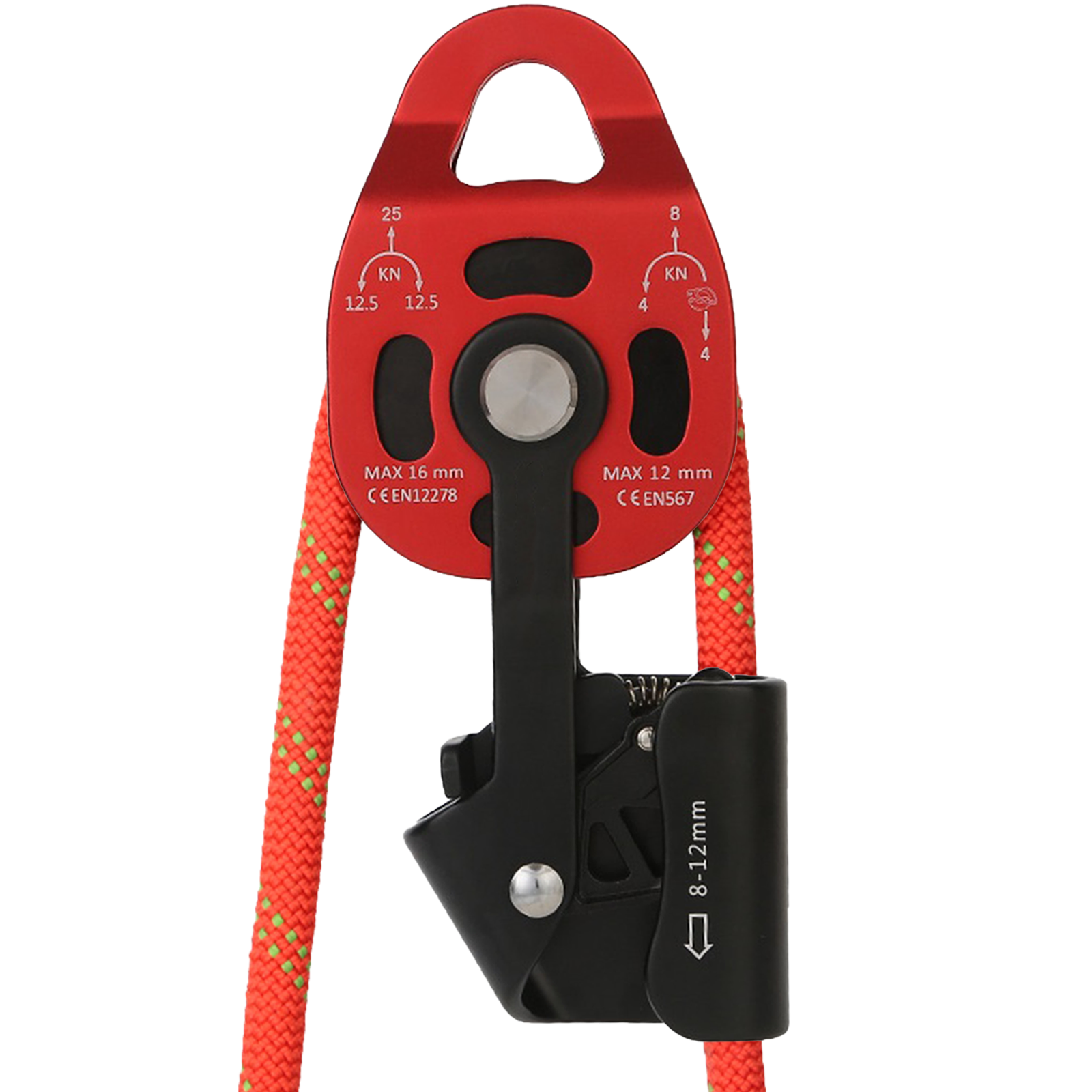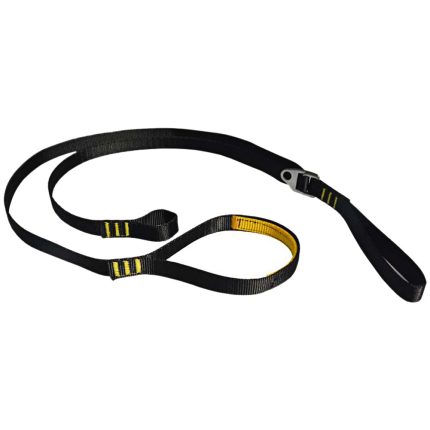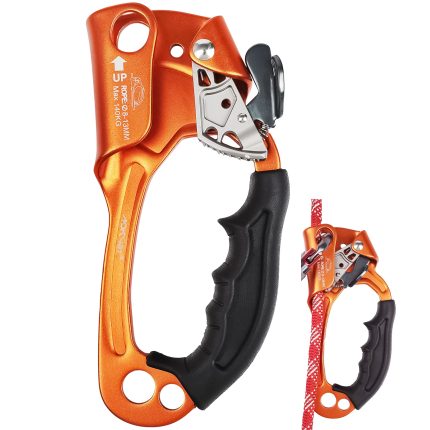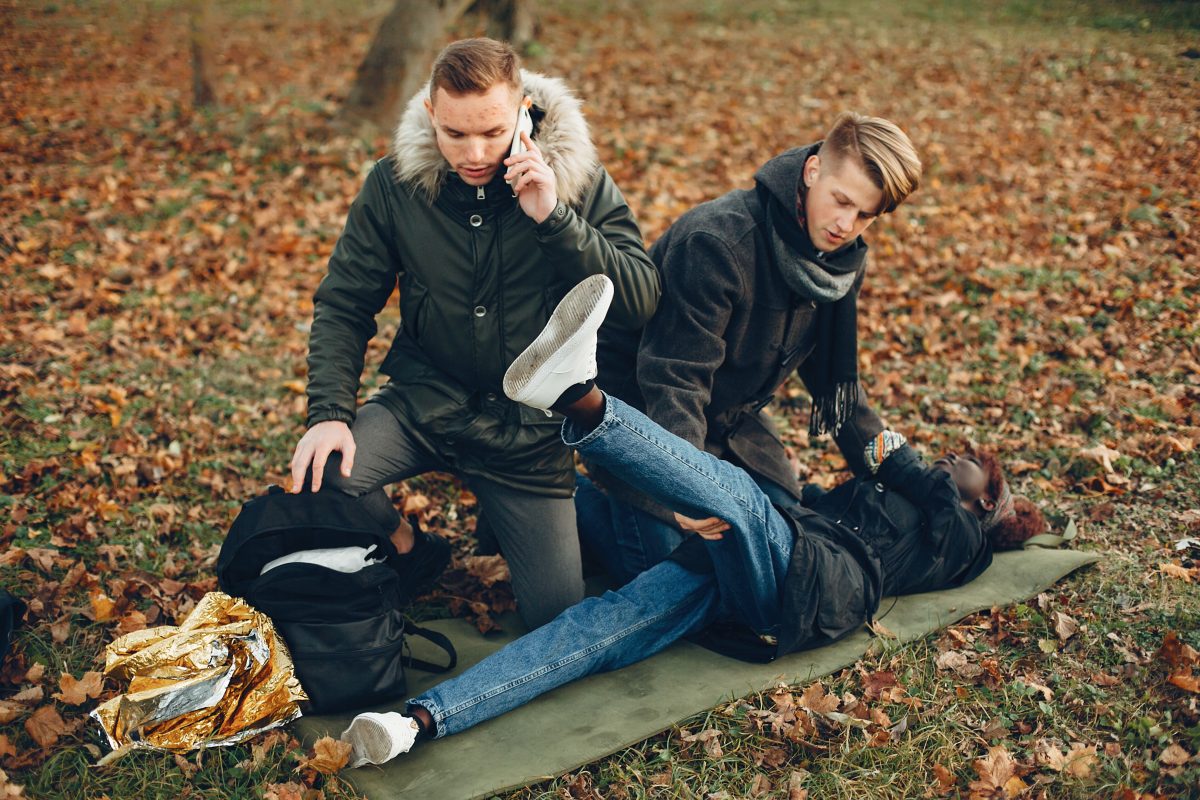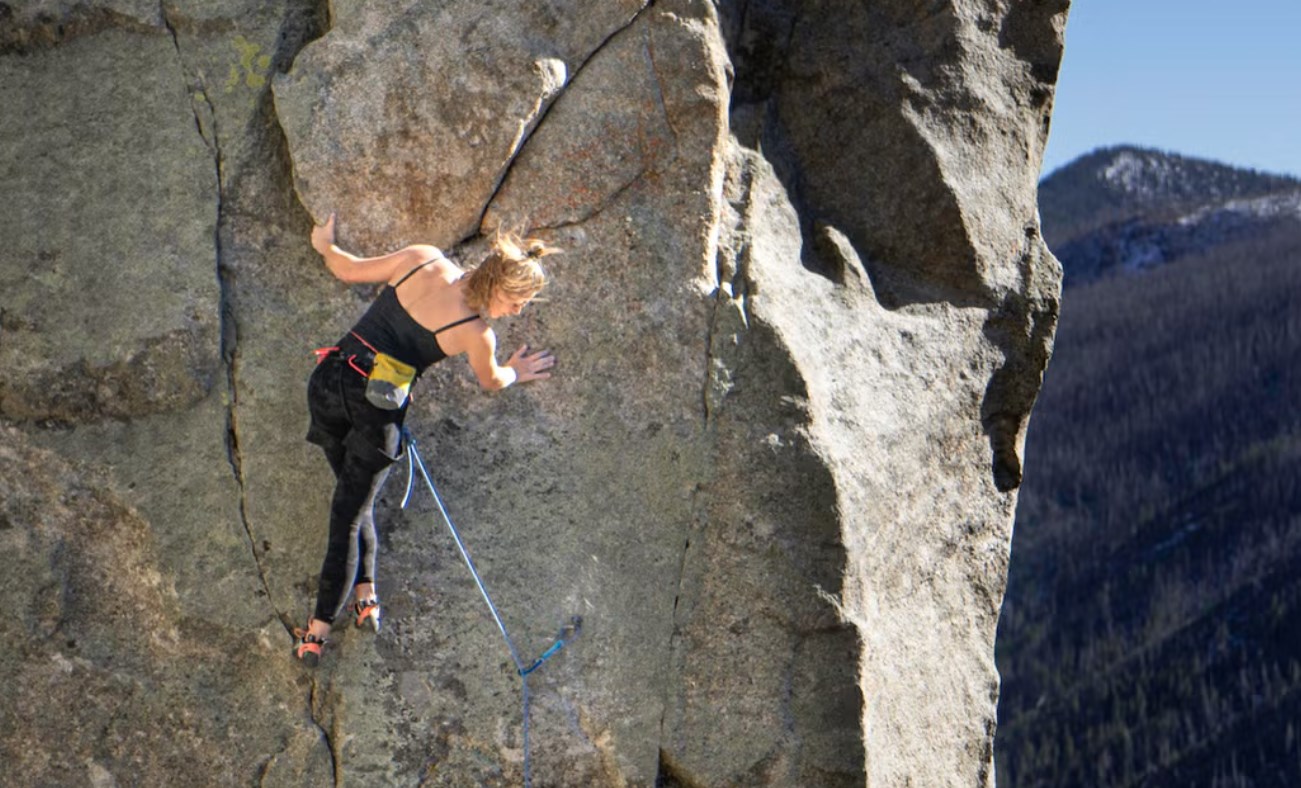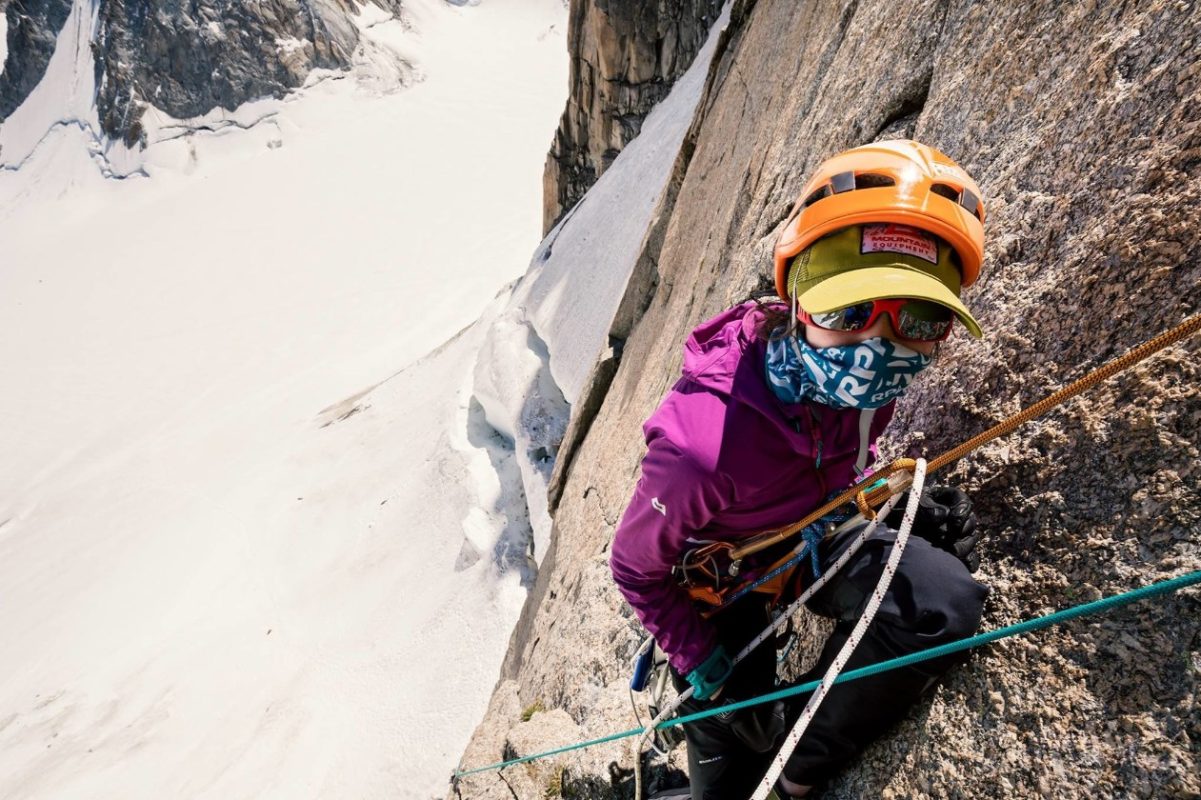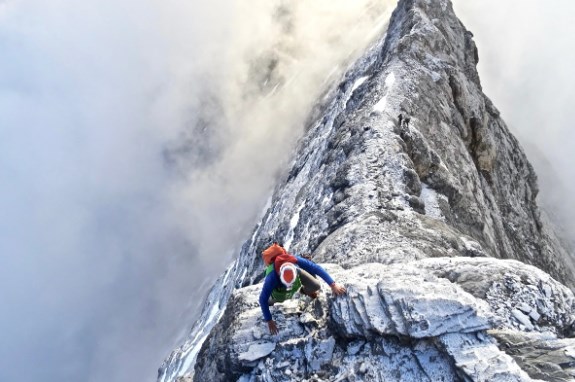What Details Should Be Paid Attention to in Free Solo Climbing

Free solo climbing involves ascending steep rock walls using natural features like cracks, crevices, and protrusions as handholds.
As a form of rock climbing and an extreme outdoor sport, it requires no auxiliary tools or protective gear, demanding exceptional technical skill and mental fortitude.
Free solo climbing is highly dangerous and is ranked as the world’s most hazardous sport. So, what details should be prioritized in free solo climbing?
I. What Are the Physical Benefits of Free Solo Climbing?
1.Improves Flexibility and Coordination
Flexibility and coordination are critical skills in climbing, even more so than pure strength. Internationally, climbing has been adopted in medical fields for rehabilitation and to enhance muscle development, as well as hand-eye-body coordination in children.
2.Enhances Physical Strength
Climbing demands balanced strength and agility in both the upper and lower body to support body weight and counteract gravity.
Notably, female climbers often rival or surpass their male counterparts in this regard.
3.Boosts Concentration
Focusing intently on every foothold and movement across the rock surface cultivates a heightened ability to concentrate on tasks.
4.Fosters Determination
Suspended mid-climb with only a rope supporting your weight, the choice to persevere or retreat tests not just courage but also willpower, self-respect, and the drive to surpass personal limits.
5.Builds Confidence
Confronting a rock face three to four times your height and overcoming its challenges naturally instills self-assurance and mental resilience.
II. Key Details to Note in Free Solo Climbing
1.Maintain Relaxation and Proper Body Positioning
Stay relaxed while climbing natural rock walls. Stabilize your center of gravity using three contact points, shifting it fluidly with each movement. This ensures balance, stability, and energy efficiency.
Keep a moderate distance from the rock face to observe routes and select holds effectively.
On artificial walls, however, stay close. During natural wall climbs, coordinate limbs smoothly, maintain rhythm, and synchronize pulling and pushing motions.
Always keep your weight centered over your feet, adopting a three-point contact stance while standing upright against the wall.
2.Balance Upper and Lower Body Strength
Skilled climbers utilize both upper and lower body strength harmoniously.
Beginners, however, often rely more on upper body strength for pulling and lower body strength for pushing.
Weak upper body strength leads to rapid fatigue, causing grip failure and loss of balance. Prioritize training finger, wrist, and arm strength, complemented by ankle, toe, and leg power, to shift body weight efficiently and synchronize movements.
3.Prepare Physically and Mentally
Wear appropriate gear, warm up joints and muscles, and mentally prepare to enter a focused state. Success in climbing hinges on self-reliance, intelligence, and relentless determination—any lapse in effort risks failure.
4.Optimize Footwork Techniques
Rotate legs outward, press the inner edge of the big toe against the rock, and bend knees slightly to stabilize weight on footholds. Adapt flexibly to holds of varying sizes and orientations on natural rock.
5.Avoid Knee Contact with the Rock
Never let knees touch the rock surface, as this compromises balance, reduces foot support, and increases the risk of slipping or knee injuries.
6.Control Foot Pressure and Direction
Apply measured force when stepping on holds, avoiding excessive pressure. Master the direction of force to maintain stability.







